A great help in dealing with F# computation expressions would be a way to look at how they are de-sugared during compilation. Is there a way to get the de-sugared version? For example:
- A tool like
de-sugar ce.fs - A compiler flag to print the output of the de-sugaring process like
fsc --de-sugar-ces ce.fs - A compiler service API like
let desugared = compiler.DeSugar stringOrFilePath
Decompiling to C# is possible and helps as well, however what I am looking for is the F# de-sugared version, like in
